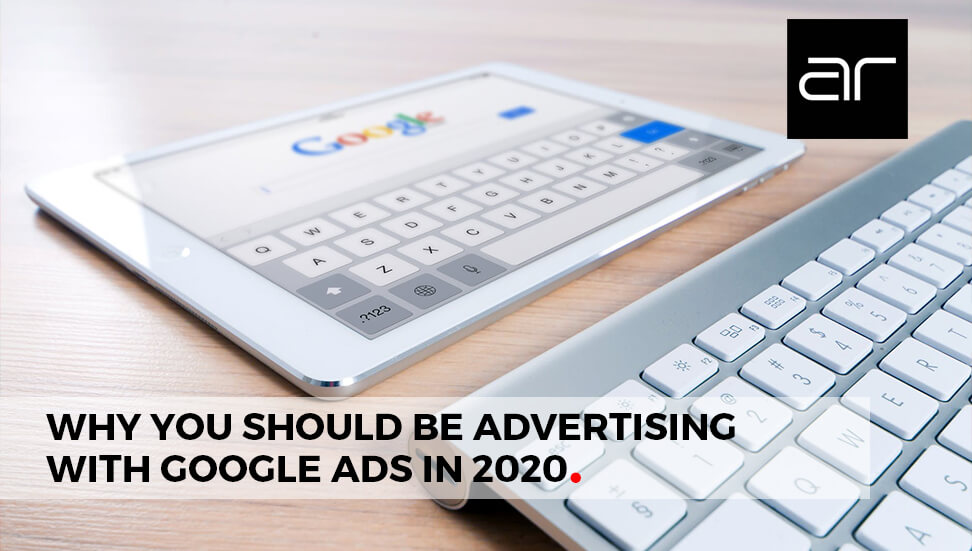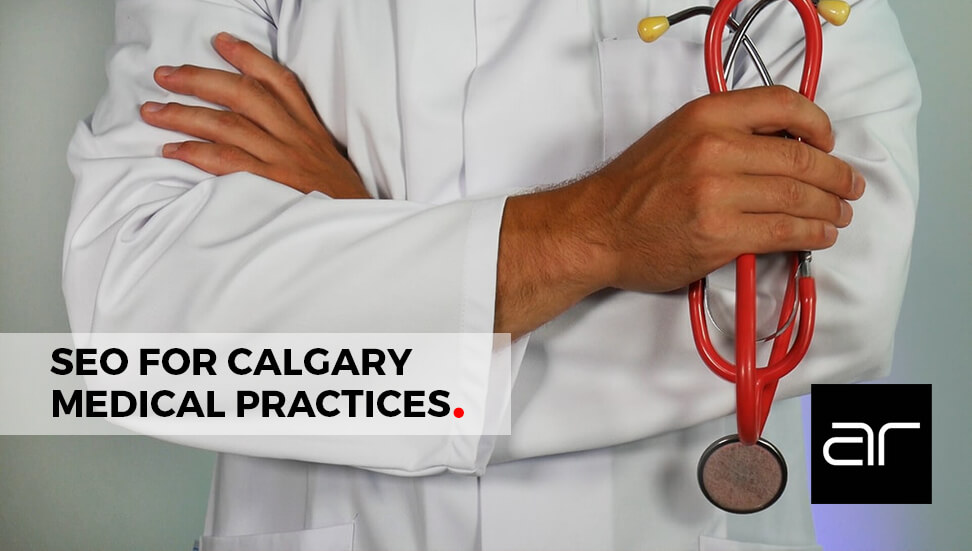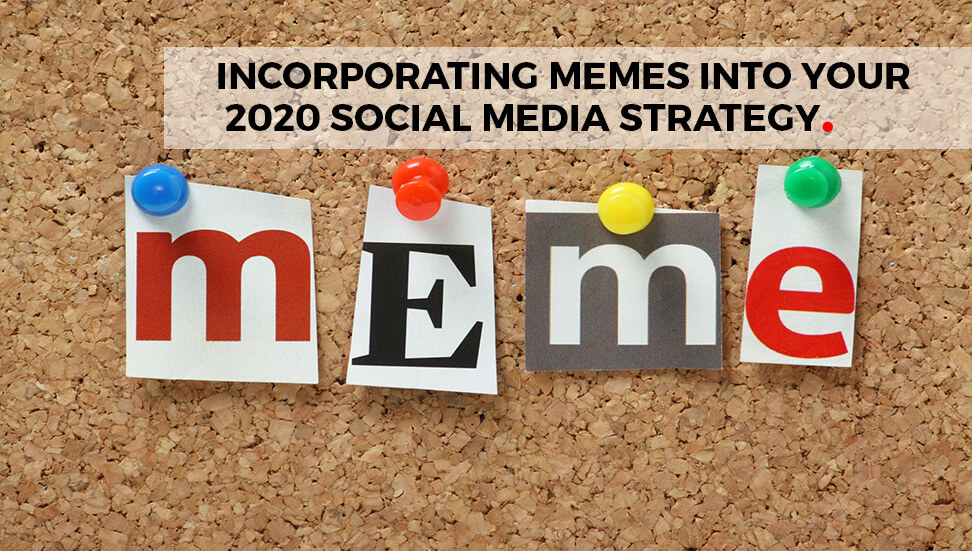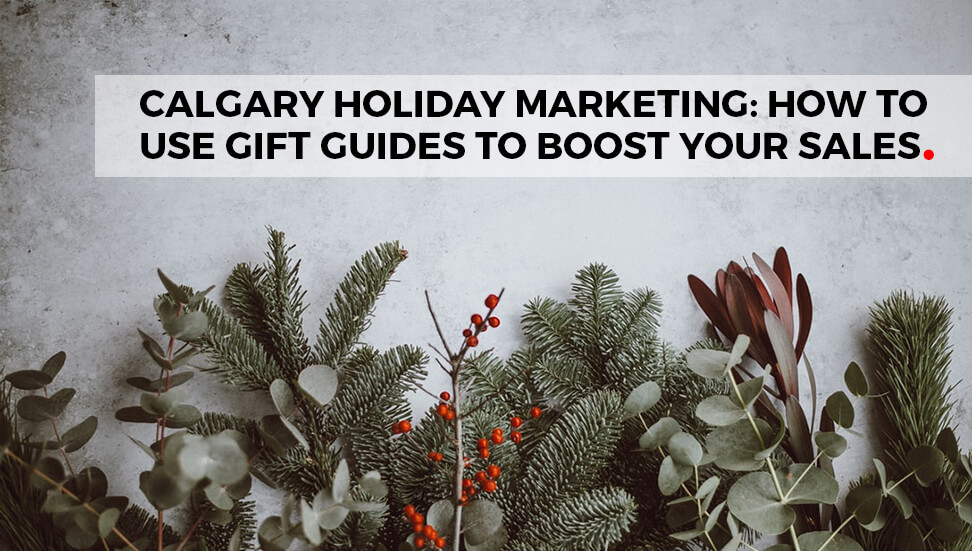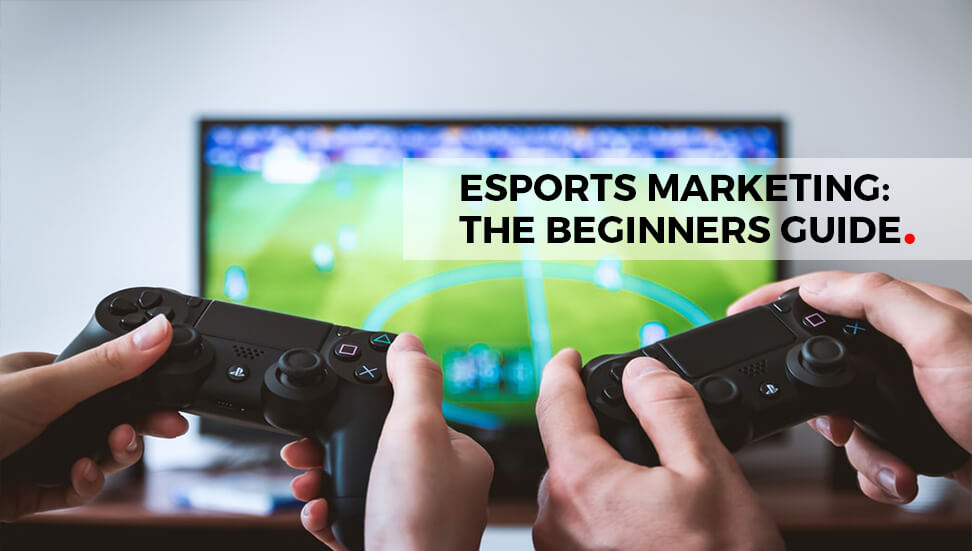Content marketing has been the buzz word, watch word and by word of the sales funnel for the past few years. The phrase ‘Content is King’ has been used, and over used, and whilst it is still correct, it has set the balance between content marketing and retention marketing out of line. If the balance is not redressed, it could cause major problems in seeing leads coming to fruition and resulting in a sale.
The primary objective of retention marketing is to keep customers engaged after they have entered your sales system, continued to be a customer and made a sale. Content can be a large part of this, but it takes more than just the text on website to keep people engaged after a sale. The way companies approach retention marketing has been radically altered in recent time by constantly changing technology and customer expectations. By shifting the focus to customer centric engagement and personalization of programs and services a company offers, content and retention marketing can be in balance and achieve a much higher rate of success of a second sale.
The focus of content marketing and retention marketing needs to be in alignment as, in general, the budget allocated to keeping your prospects and leads engaged to complete a sale is the smallest section of any marketing budget, and non-existent to secure a second sale. By playing to the strength of content and focussing on client retention you can maximize your budget, and the amount of sales you can achieve. So often retention marketing amounts to a jaded loyalty program, nurture campaigns and discounts. Budget constraints rely on automated nurture campaigns, timed communications after sign up and reminders to stimulate communication. This one size fits all approach is neither attractive, nor effective.
In a recent study by Retention Science found out that 70% of marketers rated their retention marketing as ‘average – at best’ and reflects the priority it has had – until now. The vast majority admitted that there was ‘significant room for improvement’ in retention campaigns and nearly 80% admitting their skills in retention marketing were ‘poor’ or needed ‘significant improvement’. The one positive aspect arising from this research is that marketers are becoming aware of the pain point in their strategy and are identifying that it needs to be resolved.
The disparity between the need and ability of the marketing campaigns has arisen as competition for customer’s attention has reached an all-time high, and the attention span of consumers is at an all-time low. This gap means that companies have to develop a more customer centric approach or they will not be able to catch prospective client’s attention – or keep them interested. Consumers demand a more engaging, personalized service with human interaction to nurture them though the sales process, but even more than that, turn the sales into loyal customers that advocate for the company.
According to the Gartner Group 80% of your sales will come from 20% of your existing clients, so pouring more money into your customer retention campaigns with high quality, effective content marketing makes sense. That would mean that only 20% of your sales will come from new prospects, making existing clients worth more than your new clients. Further research shows us that online retailers spend 80% of their budgets on attracting new customers, but if 1% of those customers return the increase in revenue is 10%. Statistics do not lie, so we can see that if 10% of customers are retained the increase in revenue will be 100%. With numbers like that, why don’t companies focus on retention?
Retention marketing is a complex strategy based on spending behaviours and purchasing habits, and has a certain amount of ‘trial and error’ in its application as personalization is key. Knowing your demographic, knowing what they want and which path they will take to secure it is the only way to be one step ahead of them, ready to provide exactly what they need the moment they need it. In this respect, retention marketing gives way to content marketing as content is key to ensure they are engaged and lead them further into their sales journey. The more you can personalize this content, the more successful you will be retaining customers.
The personalization of content begins in analysing the trail of data left behind from transactions and online behaviour. By correctly collecting and interpreting the data you can gain an in depth understanding of your target marketing persona and understand what is relevant to them, that is the information needed to reach out to them and make them want to return to purchase a second time – or a third, for fourth.
You need to look at a whole range of data, such as cart abandonment, length of loyalty, success of discounts, email open rate, entry and exit points, page visitation – absolutely anything that gives you a window into your customers buying patterns. You don’t just need to understand their preferences, you need to anticipate them and be ready with what they need. Investment in these strategies have been proven to bring more revenue that attracting new customers, so making them a priority makes strong revenue sense.
Take time to look at your marketing campaigns and see if you can align content with retention to make the most of the resources you have. Soon the balance will tip in favor of retention marketing as more companies become aware of the value of existing customers, but it pays to be one step ahead of the competition – the more customers you retain, the less they will have and be your competition.
Resources:
eCommerce Marketing Survey 2014: http://www.retentionscience.com/ecommerce-marketing-survey-2014/
Gartners CIO 2015 Agenda: http://www.forbes.com/sites/gartnergroup/
The ROI on Marketing: http://success.adobe.com/en/na/programs/digital-index/1209_13926_existing_customers.html



